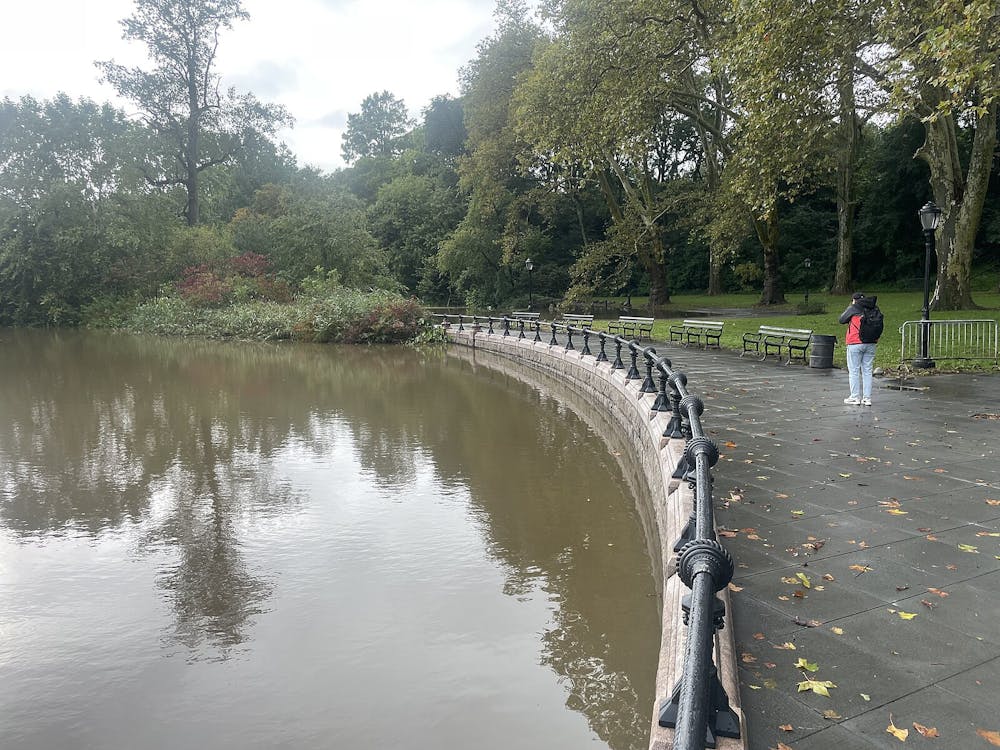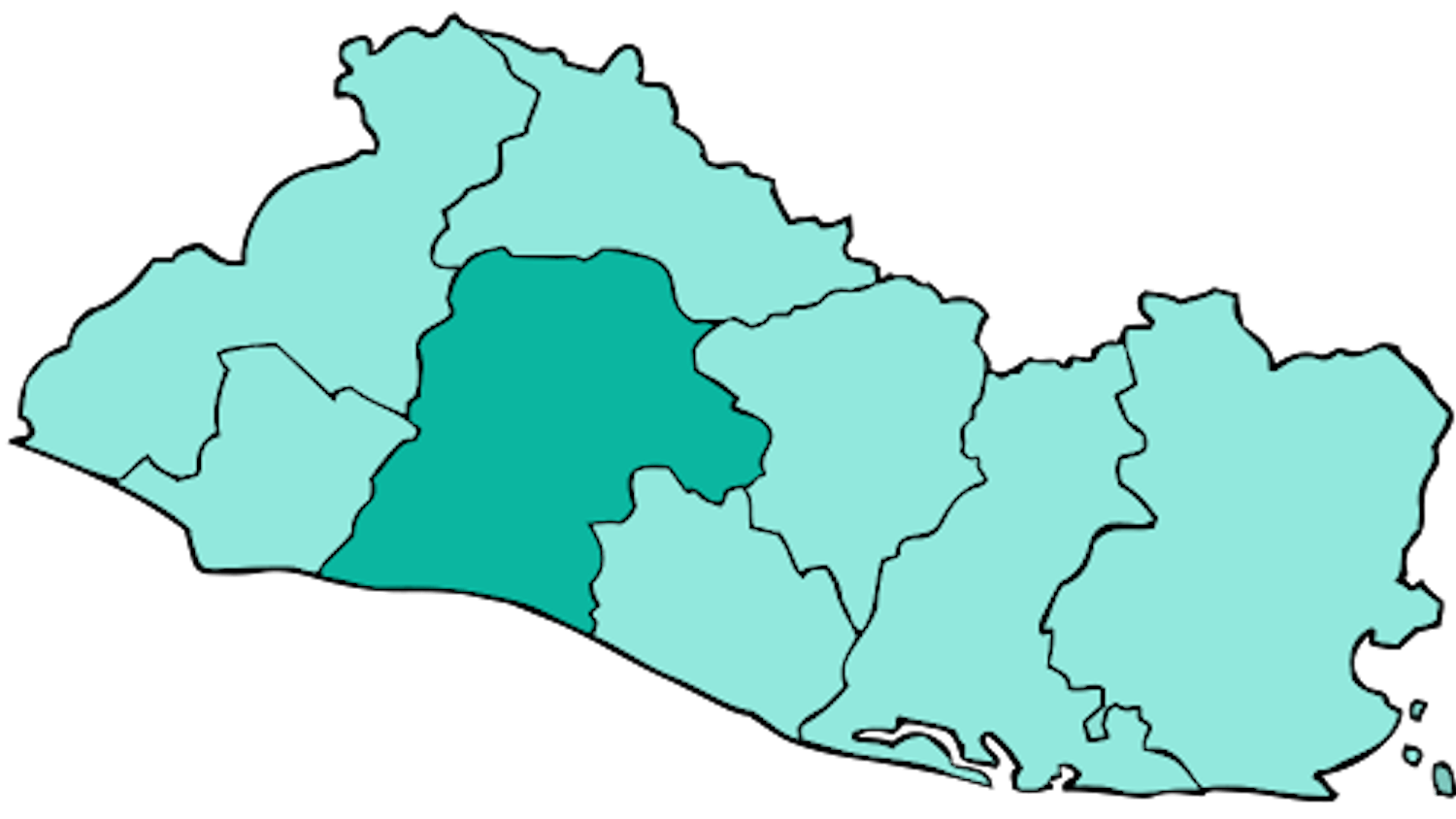By Nicole Trinkl
Staff Writer
Historic floods devastated parts of New Jersey and New York on Sept. 29, after heavy rain poured down across the tri-state area.
According to Reuters, the flooding in New York affected subway services and inundated ground level apartments and streets. Almost 8 inches of rain fell in some parts of the city.
New York Gov. Kathy Hochul was the first to declare a state of emergency in New York after signs that the weather conditions could worsen. On X, Hochul declared a state of emergency across New York City, Long Island and the Hudson Valley on Sept. 29 at 10:11 a.m..
Later that day, New Jersey Gov. Phil Murphy declared a state of emergency in all 21 counties as a result of the heavy rainfall many regions of New Jersey were experiencing.
“Throughout the state, especially in the north and central regions, we are experiencing heavy rainfalls resulting in hazardous conditions, and the rainfall is expected to accelerate in many parts of the state over the next several hours,” Murphy said in a statement.
New York City Mayor Eric Adams then declared a state of emergency in a briefing at 11:41 a.m. after he had visited East New York, Flatbush, Canarsie and Sheepshead Bay earlier that day. Adams described witnessing first hand the devastating damage the flooding caused and urged communities to be on high alert.
“I am issuing a state of emergency for New York City,” Adams said. “This is a time for heightened alertness and extreme caution. If you are home, stay home. If you are at work or school, shelter in place.”
Adams reported that New York City took immediate action in response to the flood, including helping rescue people who were in need of help. According to The New York Times, however, Adams received some criticism for not warning New Yorkers before the flooding started. Mayor Eric Adam's office released its first statement warning New Yorkers to stay home if they don’t need to travel, almost 23 hours after the National Weather Service warned of flash flooding.
As reported by northjersey.com, many parts of North Jersey, including Hoboken, Jersey City, Essex County and Hawthorne, experienced severe floods. Heavy rainfall also flooded Monmouth coastal towns including Asbury Park, Neptune, Deal and Ocean Township, according to the Asbury Park Press.
Many parts of New York also received dangerous amounts of rainfall resulting in severe flooding. According to ABC6 Action News, Brooklyn was one of the regions in New York that got the majority of the flooding, resulting in some parts of Brooklyn being submerged under at least six inches of rain. JFK airport also received 226 mm of rainfall that day, the wettest day recorded at JFK airport since 1948, and Central Park received 150 mm of rainfall that day, the wettest September in 141 years.
Many students at the College were shocked to see the devastating damage the floods had caused in parts of New Jersey and New York.
Jazmine Barrera-Recinos, a junior psychology major, commented on the staggering footage she saw circulating the internet.
“When I first heard about how bad [the flooding] was getting, I was a little shocked,” Barrera-Recinos said.
Barrera-Recinos went on to describe the experience of a close friend of hers whose house was close to New York.
“The water was way past [the] fire hydrant,” Barrera-Recinos said. “Some [of] the water had actually [gotten] into some people’s houses.”
Bailei Burgess-Simmons, junior journalism and professional writing major, was also surprised to see such devastating floods affect part of New Jersey and New York.
“I was initially surprised to see such horrible flooding in both New Jersey and New York, especially because the weather was mild here in Ewing,” Burgess-Simmons said. “Earlier this year, it flooded here in Central Jersey in Lawrenceville on Route One. These kinds of floods always feel very random, yet end up being very extreme. It’s very indicative of the times and the state of our climate.”
Anisa Tula, a senior elementary education major, also commented on the shocking nature of the storm, specifically the impact the flooding had on New York.
“The entire thing was insane,” Tula said. “[The] fact that subways were shut down because of the flooding and some people literally had to be rescued from their cars and apartments is actually crazy.”
Although the College did not directly experience the devastating impacts of the floods as many other parts of New Jersey and New York did, many students have looked at the storm’s aftermath in astonishment that such disasters could happen so close to the campus community.







